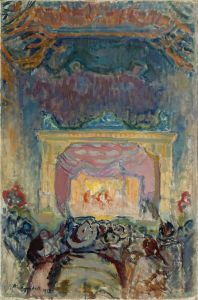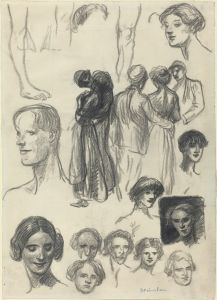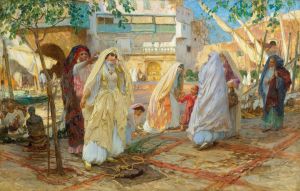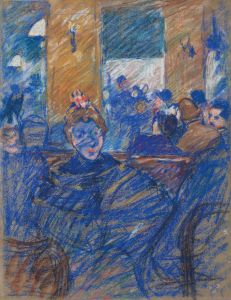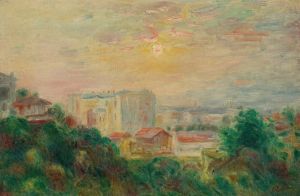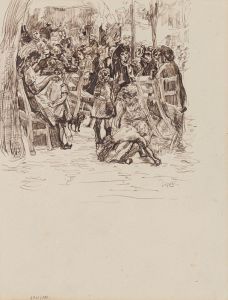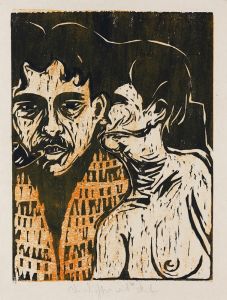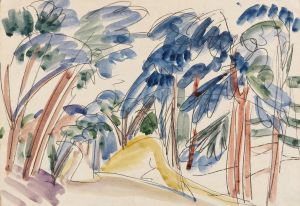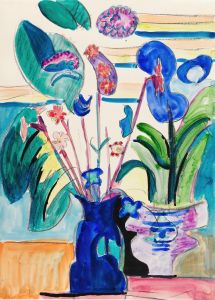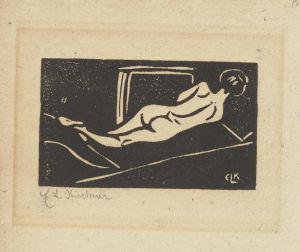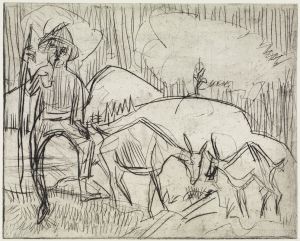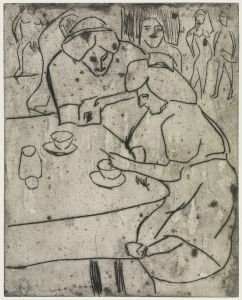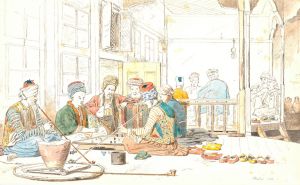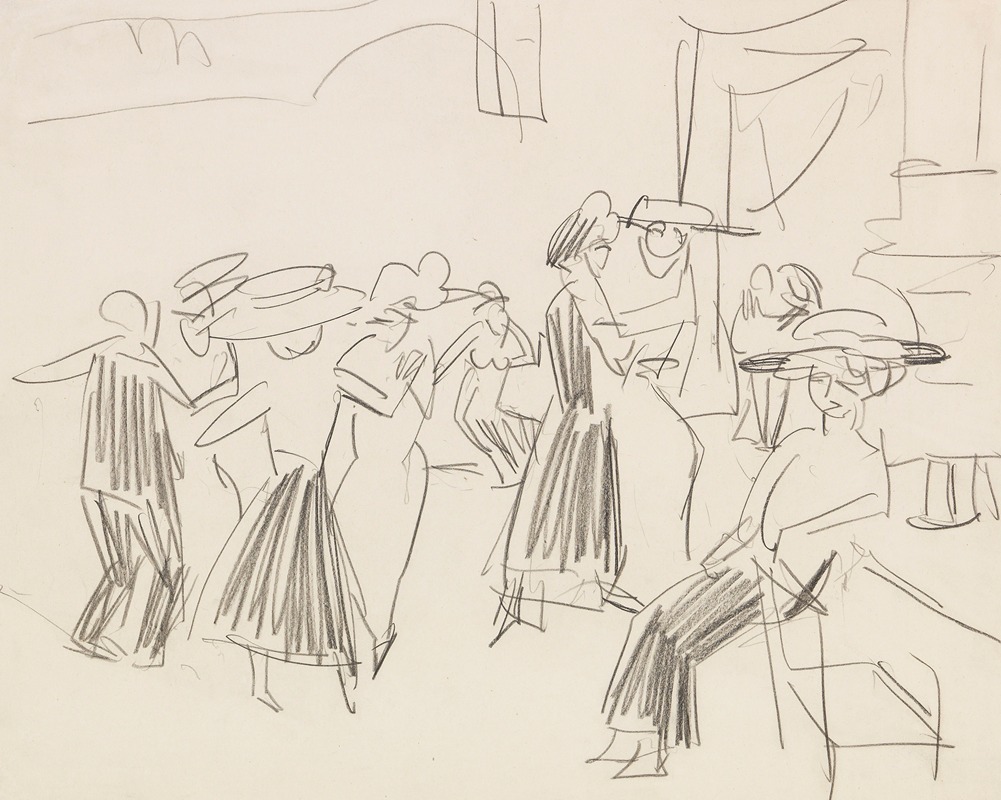
Tanzcafé
A hand-painted replica of Ernst Ludwig Kirchner’s masterpiece Tanzcafé, meticulously crafted by professional artists to capture the true essence of the original. Each piece is created with museum-quality canvas and rare mineral pigments, carefully painted by experienced artists with delicate brushstrokes and rich, layered colors to perfectly recreate the texture of the original artwork. Unlike machine-printed reproductions, this hand-painted version brings the painting to life, infused with the artist’s emotions and skill in every stroke. Whether for personal collection or home decoration, it instantly elevates the artistic atmosphere of any space.
Ernst Ludwig Kirchner's Tanzcafé is a painting created by the German Expressionist artist, who was a founding member of the influential art movement Die Brücke (The Bridge). Kirchner is widely celebrated for his vivid and dynamic depictions of modern urban life, particularly in Berlin, where he lived during a significant period of his career. Tanzcafé (translated as "Dance Café") is one of his works that captures the vibrant social atmosphere of the early 20th century.
The painting reflects Kirchner's characteristic style, marked by bold colors, angular forms, and expressive brushstrokes. These elements are hallmarks of the Expressionist movement, which sought to convey emotional experience rather than physical reality. In Tanzcafé, Kirchner portrays a lively scene in a dance café, a popular social venue during the time. The figures in the painting are stylized and elongated, emphasizing movement and energy. The composition is dynamic, with overlapping forms and a sense of immediacy that draws the viewer into the bustling environment.
Kirchner's work often explored themes of modernity, urban life, and the complexities of human interaction. Tanzcafé is no exception, as it captures the social dynamics and cultural vibrancy of the Weimar era. Dance cafés were spaces where people from various walks of life gathered to socialize, dance, and enjoy music, reflecting the changing social norms and cultural experimentation of the period. Kirchner's depiction of these scenes offers a glimpse into the spirit of the time, as well as his own fascination with the energy and chaos of modern life.
The painting also reflects Kirchner's interest in the human figure and its relationship to space. The figures in Tanzcafé are intertwined with their surroundings, creating a sense of unity between the people and the environment. This approach is typical of Kirchner's work, where the boundaries between figure and background are often blurred, contributing to the overall emotional intensity of the composition.
Ernst Ludwig Kirchner's career was deeply affected by the political and social upheavals of his time. After serving in World War I, he struggled with mental health issues and eventually moved to Switzerland, where he continued to paint until his death in 1938. His work, including Tanzcafé, remains a significant contribution to the history of modern art, offering insight into the cultural and artistic developments of the early 20th century.
While specific details about the creation date or current location of Tanzcafé may not be readily available, the painting is representative of Kirchner's broader body of work and his exploration of urban life and human emotion through the lens of Expressionism.





